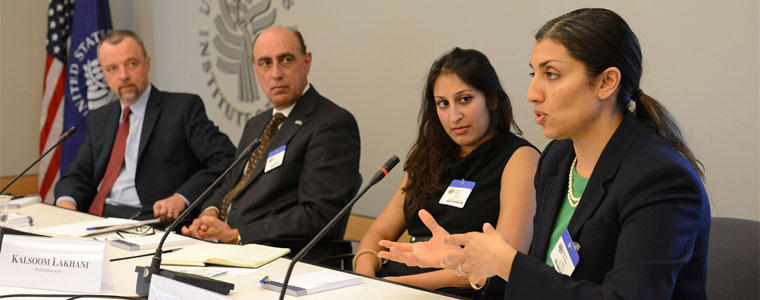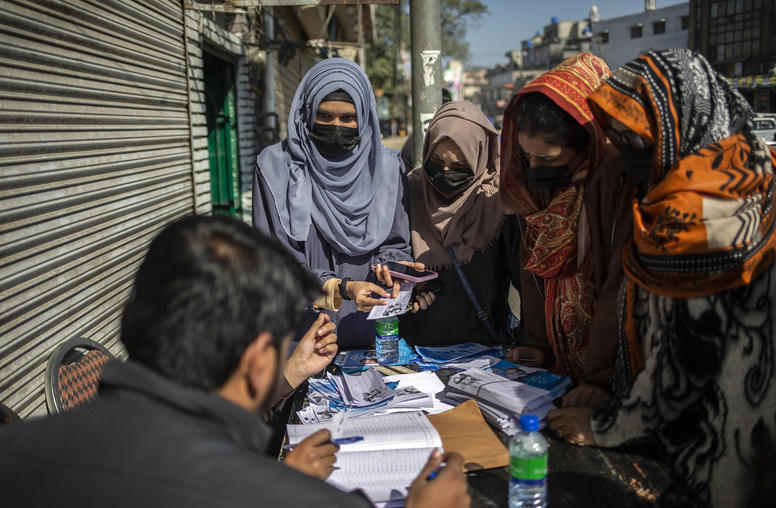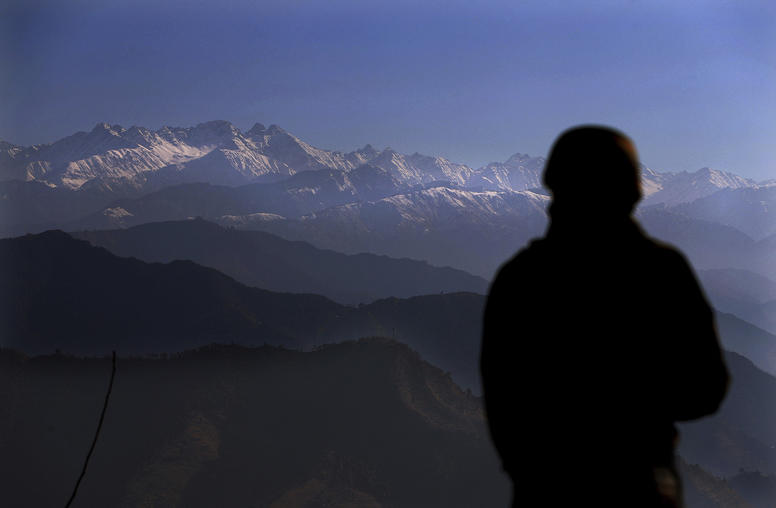Youth Bulge, Public Policy, and Prospects for Peace in Pakistan
The School of Public Policy at George Mason University (GMU) and the United States Institute of Peace (USIP) jointly organized a one-day conference that focused on the Pakistani youth, public policy options, and the prospects for peace in the long run.
Read the event coverage, USIP Conference and Program Work Examine Youth’s Impact on Peace Prospects in Pakistan.

Pakistan has been in the limelight since the September 11, 2001 terrorist attacks. While there has been plenty of it, the debate and policy analyses on the country have focused on the immediate concerns linked to extremism and terrorism. Yet, questions about the long term economic, political, and social health remain just as critical and will ultimately determine whether Pakistan stabilizes as a medium sized, stable, and moderate country or presents itself as a ticking time bomb that is a constant source of worry for the world. No other agent of change will be more relevant in this regard that the country’s bloated youth cohort.
It is surprising that for all the talk about Pakistan’s importance, very little is said or written about its upcoming generation. This is despite the fact that over 110 million of the 180-odd million Pakistanis today are under the age of 29 of whom over 50 million are classified as youth between ages 15-29. Their political preferences, their role in national development, and the avenues for Pakistan to accrue the demographic dividend are hardly understood. Given that this segment of Pakistani society will ultimately determine the country’s destiny, with its attendant impact on internal and regional peace and security, this is an obvious void that needs to be filled.
The School of Public Policy at George Mason University (GMU) and the United States Institute of Peace (USIP) jointly organized a one-day conference that focused on the Pakistani youth, public policy options, and the prospects for peace in the long run. The conference featured a group of leading experts, including young Pakistanis and Pakistani-Americans who discussed the role of Pakistani youth in national development, the role of education in youth development, outlook of young Pakistani Americans towards Pakistan, and how all of these factors can contribute to peace.
Explore Further
8:30-9:00 Registration
9:00-9:15 Welcome Remarks
- Dr. Abiodun Williams, Senior Vice President, USIP
- Moeed Yusuf, South Asia Advisor, USIP
9:15-10:30 Session I: Pakistani Youth in National Development
- Chaired by: Dr. Edward Rhodes, School of Public Policy, GMU
- Dr. Mehtab S. Karim, School of Public Policy, GMU
- Ms. Nasim Zehra, Dunya TV & Harvard University
- Mr. Saleem Ranjha, Akhuwat Foundation, Lahore
10:30-11:45 Session II Opportunities for Youth in Pakistan
- Chaired by: Dr. Eric Manes, The World Bank
- Dr. Mohsin Khan, Rafik Hariri Center for the Middle East, Atlantic Council
- Dr Philip Auerswald, School of Public Policy, George Mason University
- Mr. Ammar Anees Malik, School of Public Policy, George Mason University
11:45-12:45 Keynote Luncheon Speaker
- Dr. Asad Majid Khan, Deputy Chief of Mission, Embassy of the Islamic Republic of Pakistan, Washington, D.C.
12:45-2:15 Session III Views of Pakistani Diaspora
- Chaired by: Dr. Andrew Wilder, US Institute of Peace
- Mr. Ifran Malik, USPAK Foundation
- Ms. Kalsoom Lakhani, Invest2Innovate
- Ms. Shamila Chaudhary, Eurasia Group
2:15-2:30 Coffee Break
2:30-4:00 Session IV Role of Education in Achieving Peace in Pakistan
- Chaired by: Dr. Peter Stearns, George Mason University
- Mr. Moeed Yusuf, US Institute of Peace
- Dr. M Nizamuddin, University of Gurjat, Pakistan
- Dr. Jack Goldstone, School of Public Policy, George Mason University
Vote of Thanks: Dr. Mehtab Karim, George Mason University



